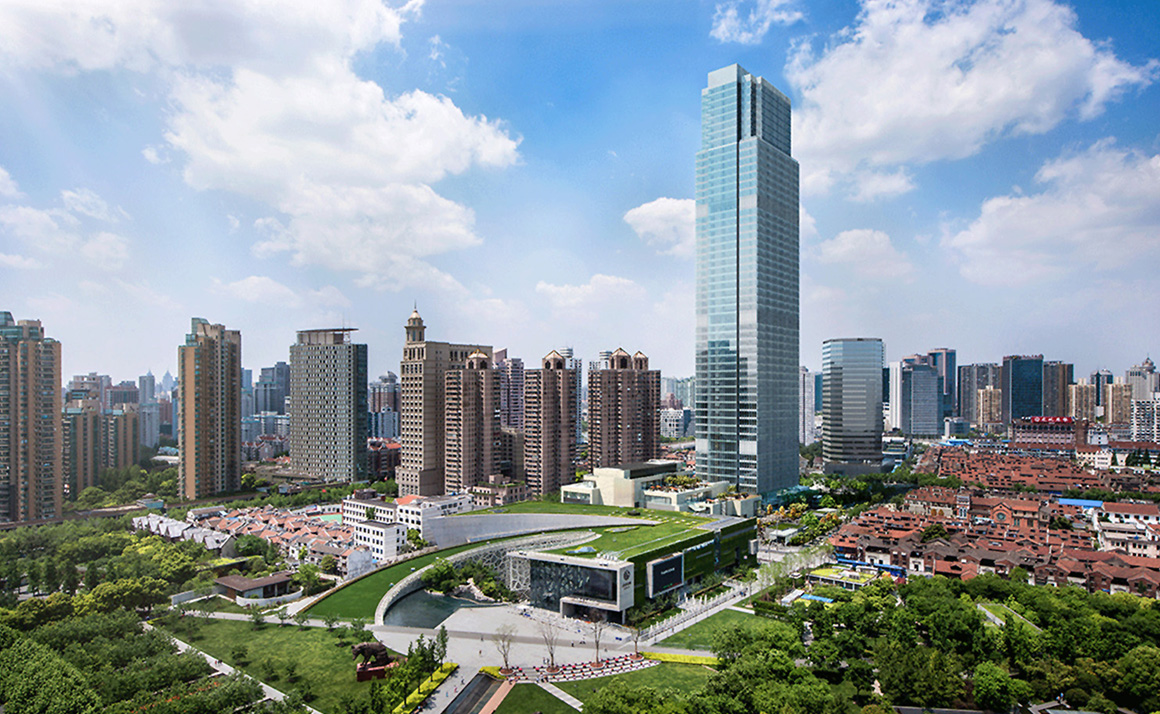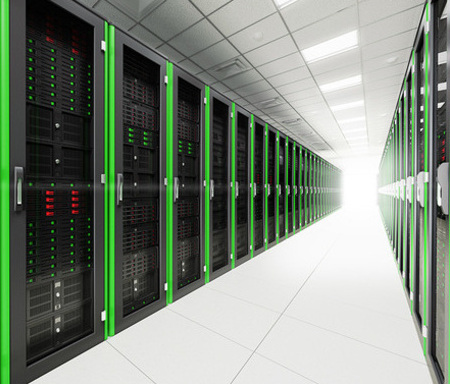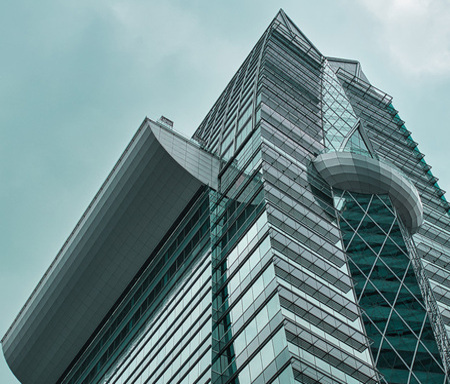
Staying well in APAC real estate
The COVID-19 pandemic is driving real estate owners in the Asia Pacific region to increasingly focus on creating healthy environments in their buildings.
Developers and investment managers are signing up for healthy building certification and seeking to improve the living, working and shopping environment in their assets, which they hope will lead to increased tenant satisfaction and, for commercial tenants, staff productivity.
Sam Crispin, sustainability consultant at Savills Asia Pacific says: “Even before the COVID-19 pandemic there was considerable focus on health and safety in the workspace, particularly with regard to air quality in the more polluted Asian cities, and the start of the pandemic also brought hygiene into focus. Employees and residents want to be sure their buildings are safe. Tenants also recognise that a good working environment is key for talent retention and means staff take fewer sick days and are more productive.”
In December, the International WELL Building Institute (IWBI) announced that the amount of Asia Pacific floorspace in its healthy buildings programmes has doubled since last year to 80m sq m. The two leading nations for WELL adoption are China, where a number of residential projects have signed up, and Australia, where 25% of office floorspace is applying WELL strategies.
WELL certification is gained by buildings where design systems optimise air quality, light, access to water, exercise opportunity and a number of other factors which contribute to occupier wellbeing.
Jack Noonan, vice president, commercial, APAC at IWBI, says: “Driven by demand for people-first places as our region fights our way out of the pandemic, organisations are engaging in new and inaugural ways to incorporate WELL strategies and offerings at scale, highlighting the increasing prioritisation of well-being for office workers, residents and tenants.”
In October, One Museum Place (pictured above), a Shanghai office building developed by Hines, was awarded WELL Platinum, certifying it as one of Asia’s healthiest buildings. The development has also been awarded RESET air quality certification. RESET Air is the world’s first sensor-based building certification program where indoor air quality is monitored and measured in real-time.
A similar certification programme, Fitwel, assesses buildings on similar lines. Earlier this year, in collaboration with real estate investment manager BentallGreenOak, Fitwel surveyed real estate investors with $5.75 trillion of assets under management and found that 89.5% planned to do more to make their assets healthier.
The COVID-19 pandemic and tenant demand were the most important drivers for healthy buildings, both factors cited by 91% of respondents. While the survey found strong demand for healthy buildings in all regions, it was strongest in Asia Pacific, with 100% of respondents saying they saw strong or moderate demand for healthy buildings.”
Crispin says: “Living and working in Asia Pacific’s crowded and often polluted cities means people here seek to improve health and wellbeing. Air, light and noise have always been the key factors, however hygiene and safety is now at the forefront and will remain there once the pandemic is over. Health and wellbeing will be an important topic within ESG in this region in 2022 and beyond. Owners may increasingly find tenants expect it as part of their building selection criteria.”
Further reading:
Attracting talent through workplace wellness
Contact Us:
Simon Smith



